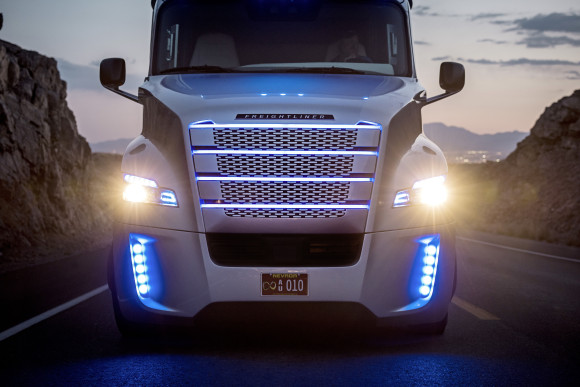June 16, 2019, was a seemingly normal day on Florida’s Turnpike in Orlando. Minivans were filled with families on their way to Disney; local Floridians were going about their daily routines. But unbeknownst to motorists on the highway that day, they were partaking in a historic moment in the advancement of transportation.
Executive Summary
Widescale implementation of autonomous vehicles could be realized within the next decade, and even though there will be fewer driver-induced accidents and truck driver fatalities with autonomous technology, that doesn't mean there won't be a need for auto liability insurance, Milliman's Drew Groth writes. For example, auto liability insurance may function as a gap coverage that indemnifies the insured up front and later seeks subrogation from makers of AV tech, he notes. In this article, he sets forth some steps insurers could use to investigate the feasibility of offering new products and the impact of autonomous trucking on their current books of business.That day, a nondescript, retrofit Volvo 18-wheeler was making its way along a public roadway with no human driver in the cab. The truck successfully navigated 9.4 miles, maintaining a speed of 55 mph and performing various tasks, including lane change maneuvers, a tollbooth exchange and a rest stop. All of this was performed via a combination of autonomous vehicle (AV) technology and a remote driver located 150 miles away in Jacksonville.
It was the first time such a feat had been accomplished in public at standard operating speeds, and it marked a milestone in commercial autonomous transportation solutions.
Today, trucks move 71.4 percent of freight tonnage in the United States, and annual freight volumes have continued to rise since the 2007-2010 global financial crisis. The American Trucking Associations (ATA) estimates that there is currently a sizable shortage of commercial truck drivers, tallying 60,800 in 2018 with the potential to rise to 160,000 within a decade. In addition, trucking services are becoming more of a commodity, which is pinching the margins for logistics operators. All of this is compelling companies to search for more efficient solutions to fill needed positions and increase capacity.






























